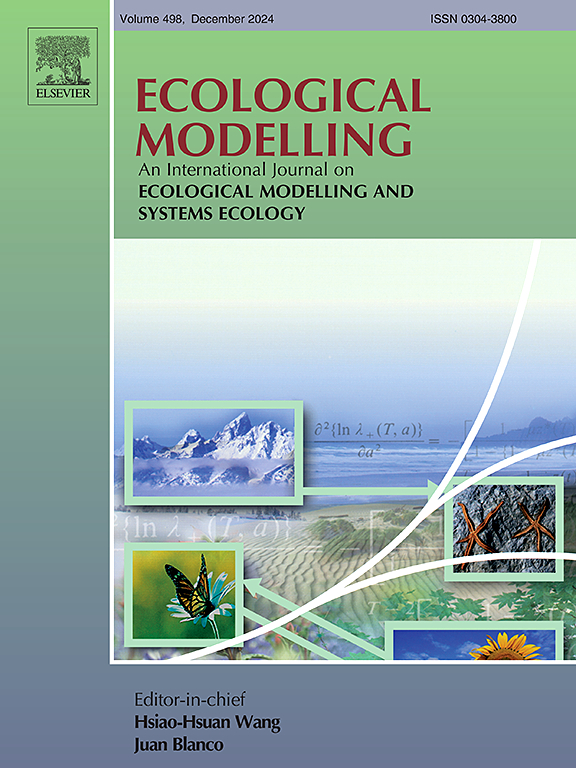Ecological network analysis for urban physical-virtual water cycle: A case study of Beijing
IF 2.6
3区 环境科学与生态学
Q2 ECOLOGY
引用次数: 0
Abstract
Growing water demands have increasingly challenged the urban water cycle resilience. In contrast to conventional evaluations, which concentrate primarily on the physical water cycle, this study presents a methodological framework considering both physical and virtual components and chooses Beijing as a case study. We constructed an urban physical-virtual water cycle (PVWC) network model to investigate water cycle resilience through structural and functional analysis based on ecological network analysis (ENA). The PVWC model covers multiple water suppliers (surface water, groundwater, transferred water, and reclaimed water), multiple water users (production water use, domestic water use, and ecological water use), water leakage, and wastewater treatment, as well as physical links and virtual flows driven by trade among these nodes. This study analyzed the system's robustness and the contributions of individual components to overall resilience from structural dimension, as well as revealed dominant sectors and interrelationships between components that sustain the system's resilience from functional dimension. The case study of Beijing in 2017 demonstrates that its network is moderately robust and synergistic. The external water transfer subsystem mainly has more remarkable mutualistic pair-wise relationships with secondary industry, tertiary industry, and household consumption. Moreover, water distribution subsystem is the dominant controller of PVWC, while the through flows of water leakage and wastewater treatment rely on the operation of whole system. The ecological environment, which has strong connections with reclaimed water and ecological water flows, played an important role in the entire system promoting more mutualistic relationships. We found that increasing the proportions of transferred water and reclaimed water supply and promoting mutualistic interactions between water users are critical to improving urban water cycle resilience.

求助全文
约1分钟内获得全文
求助全文
来源期刊

Ecological Modelling
环境科学-生态学
CiteScore
5.60
自引率
6.50%
发文量
259
审稿时长
69 days
期刊介绍:
The journal is concerned with the use of mathematical models and systems analysis for the description of ecological processes and for the sustainable management of resources. Human activity and well-being are dependent on and integrated with the functioning of ecosystems and the services they provide. We aim to understand these basic ecosystem functions using mathematical and conceptual modelling, systems analysis, thermodynamics, computer simulations, and ecological theory. This leads to a preference for process-based models embedded in theory with explicit causative agents as opposed to strictly statistical or correlative descriptions. These modelling methods can be applied to a wide spectrum of issues ranging from basic ecology to human ecology to socio-ecological systems. The journal welcomes research articles, short communications, review articles, letters to the editor, book reviews, and other communications. The journal also supports the activities of the [International Society of Ecological Modelling (ISEM)](http://www.isemna.org/).
 求助内容:
求助内容: 应助结果提醒方式:
应助结果提醒方式:


